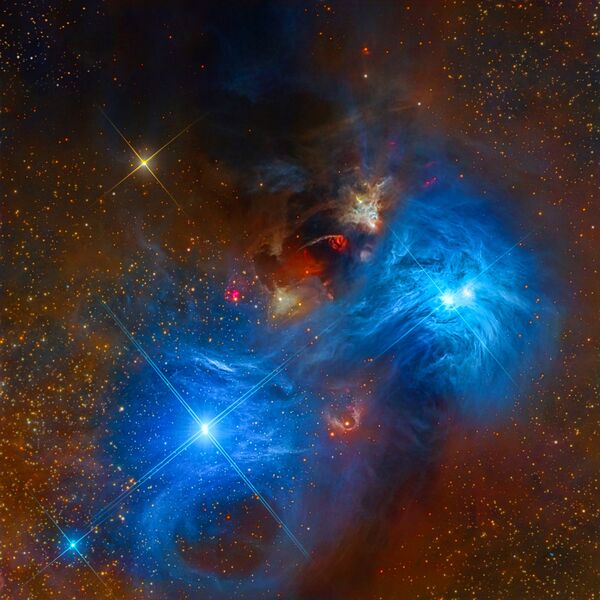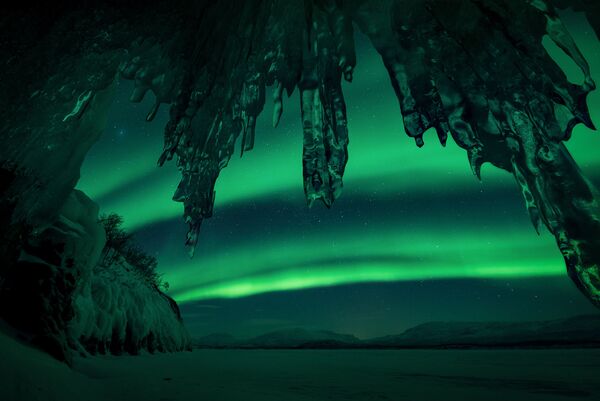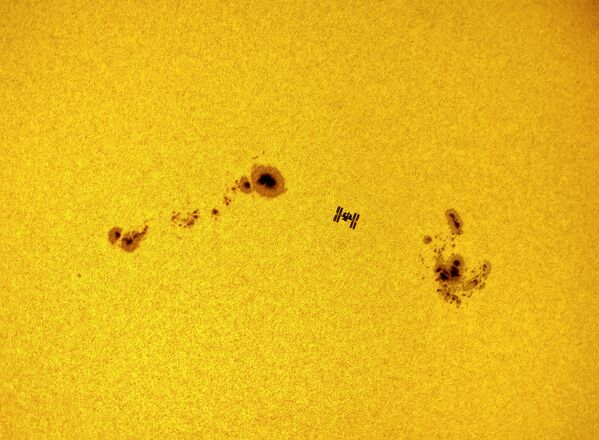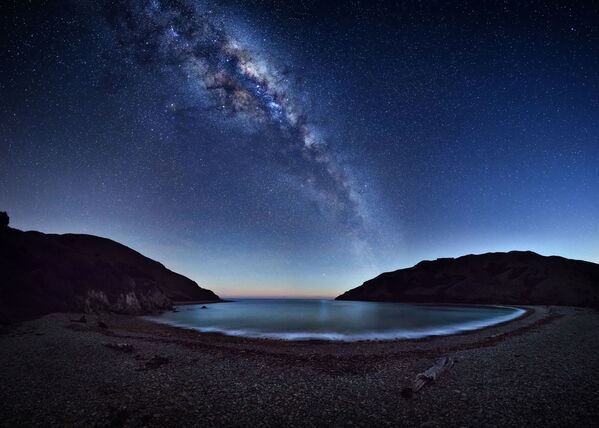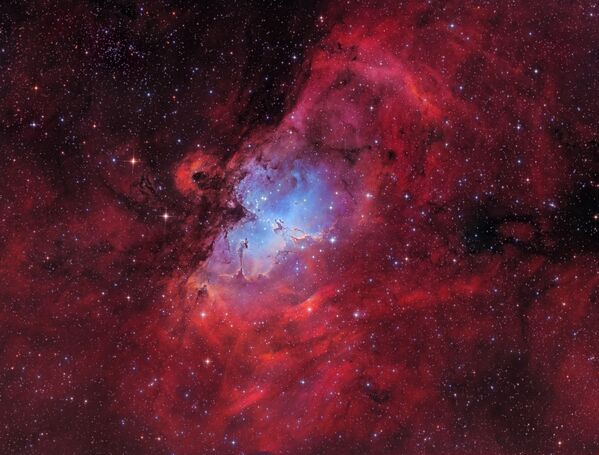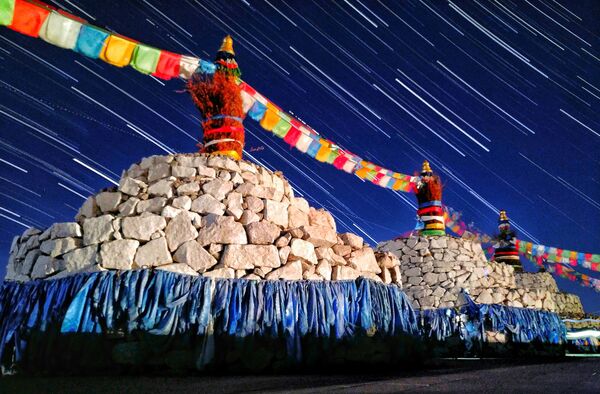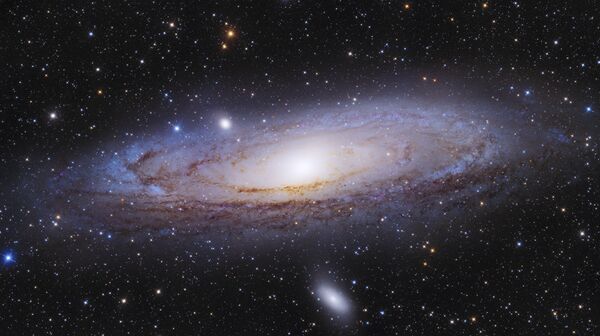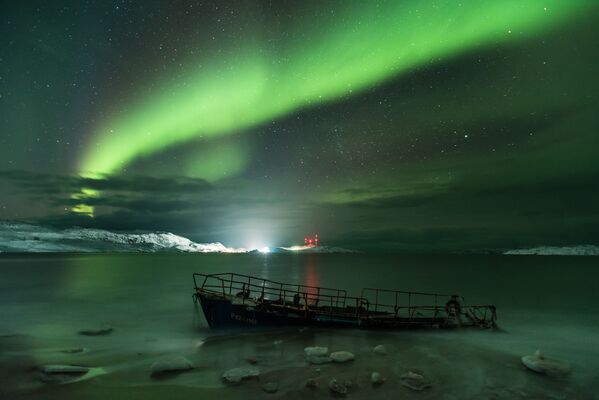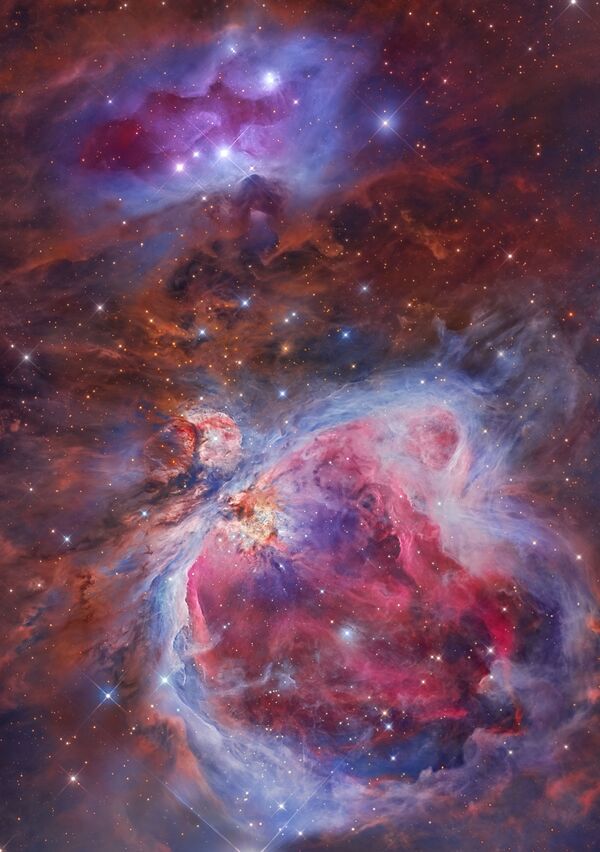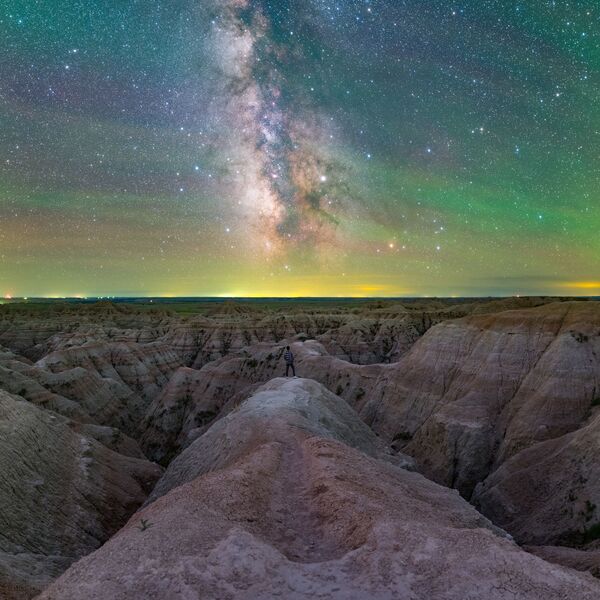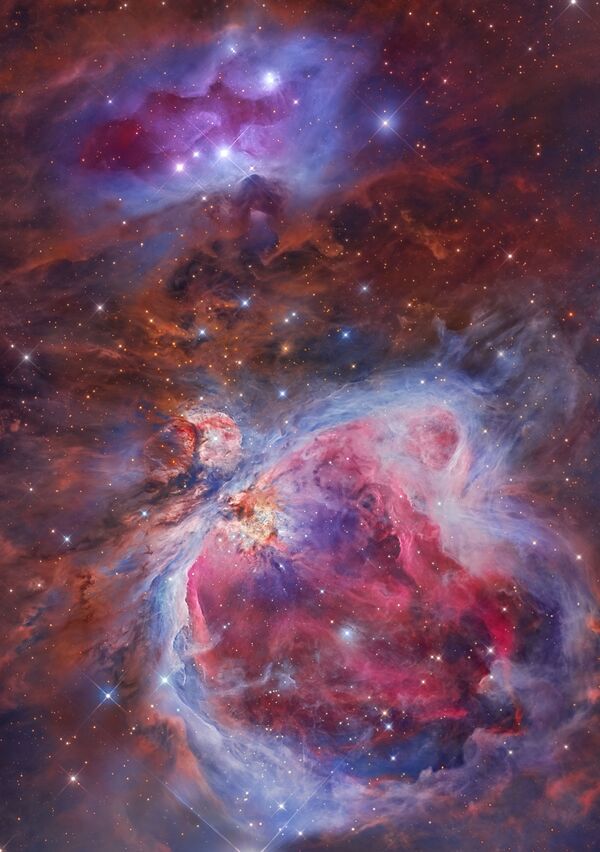Kosmosun ən cazibədar və heyranedici fotolarının illik ümumdünya astrofotoqrafiya müsabiqəsinin təşkilatçıları bu ilin ən möhtəşəm kosmos görüntülərinin şort-listini yayımlayıb. Bura bizdən milyonlarla işıq ili uzaqda olan nəhəng qalaktikaların, onların gecənin bağrını dələn əsrarəngiz obrazlarının evlərin yaxınlığından çəkilmiş təsvirləri daxil edilib.
Insight Astronomy Photographer of the Year 2018 müsabiqəsi hər il 9 kateqoriya üzrə təşkil edilir: səma peyzajı, qütb parıltısı, adamlar və kosmos, bizim günəş, bizim ay, planetlər, kometlər və asteroidlər, ulduzlar və dumanlıqlar, qalaktikalar. Burada ilin gənc astro-fotoqrafı nominasiyası üzrə mükafat da var.
Müsabiqə Avropa Cənub rəsədxanasının dəstəyi ilə Kral Qrinviç rəsədxanası tərəfindən Insight Investment şirkəti və BBC Sky at Night Magazine jurnalı ilə birlikdə keçirilir.
Qalibləri 10 min ingilis funt-sterlinqi məbləğində priz gözləyir. Ən yaxşı şəkillər Londondakı Qrinviç Milli Dəniz muzeyində təşkil olunan illik sərgidə nümayiş etdirilir.
Müsabiqənin şort-listinə daxil edilən yaradıcılıq nümunələrinə Sputnik Azərbaycan-ın fotolentində baxın.
1. Fotoqraf Peter Ward-ın Earth Shine adlandırılan fotosu Insight Investment Astronomy Photographer of the Year 2018 mükafatına layiq görülüb. Burada günəşin qarşısının ay tərəfindən tutulması təsvir edilib. Xüsusi çəkiliş texnikasından istifadə edən fotoqraf təkcə günəş tacını yüksək dəqiqliklə tutmayıb, həm də fotoda ayın bütün detalları aydın görünür.
2. Fotoqraf Jingpeng Liunun Insight Investment Astronomy Photographer of the Year 2018 mükafatının şort-listinə daxil olan Expedition to Infinity fotosu. Cənubi Dakotadakı Badlands Milli Parkından çəkilmiş bizim möhtəşəm qalaktikanın fotosu 6 kadrdan ibarət mənzərə kompozisiyasını özündə əks etdirir.
3. Miguel Angel García Borrella və Lluis Romeronun həmmüəllifi olduğu Mosaic of the Great Orion & Running Man Nebula fotosu. Messier 42, M42 yaxud NGC 1976 adları ilə məşhur olan Orion Dumanlığı. Süd yolunda yerləşən diffuz dumanlığı təqdim edir. Bu, aydın səmada adi gözlə görünə bilən ən parlaq dumanlıqdır.
4. Fotoqraf Nicolas Lefaudeuxun Color-Full Moon əsəri. Ay səthinin inanılmaz rənglərini və detallarını göstərən fenomenal bir şəkil.

